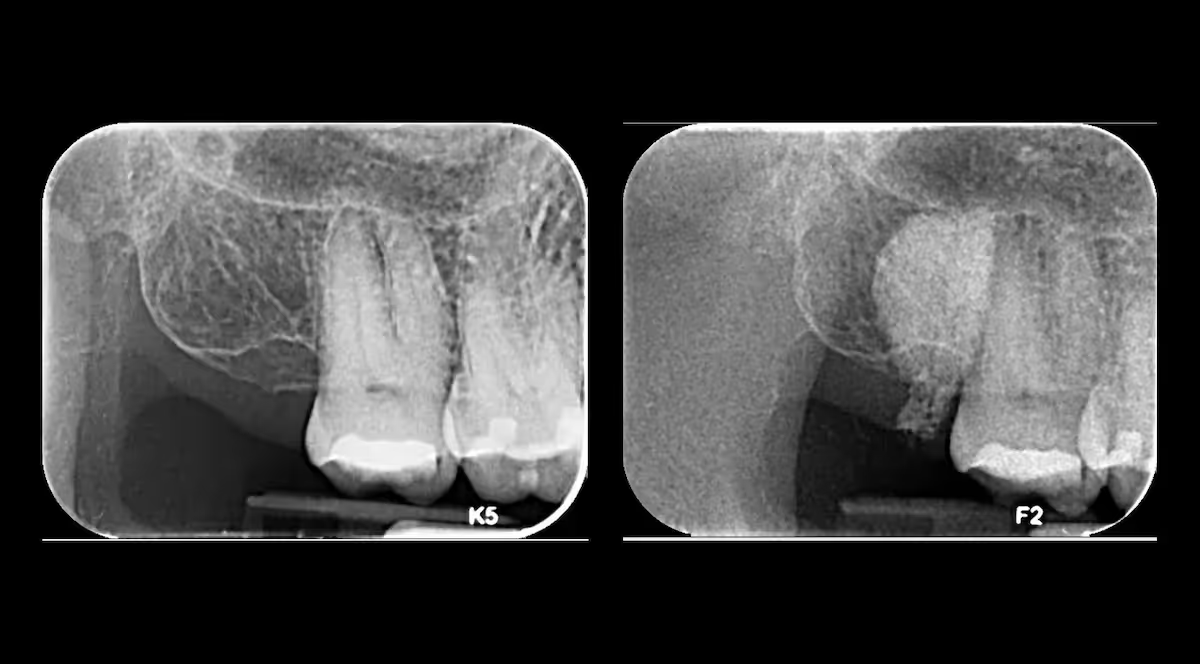Let’s talk about Traumatic Bone Cysts, Ischemic Bone Disease, NICO (Neuralgia Inducing Cavitational Osteonecrosis) and other proper terminology for the infamous “cavitation” topic. Conventional dentistry claims that cavitations are not a real thing. Biological dentistry knows different. I’ve discussed meridians in a prior post, but I will elaborate even more here. When a meridian’s bioelectrical energy is blocked - when there is saran wrap on the plug, so to speak - that bioelectrical energy doesn’t connect properly to the places along that superhighway where it should connect. The traffic lane is slowed down or totally blocked, depending on the person. One of the most common ways that can become blocked is from having a tooth extracted and the periodontal ligament not completely removed. Conventional dentistry would have you believe that the periodontal ligament is removed when the tooth comes out. That isn’t really true. HALF of the periodontal ligament is removed. The part that is attached to the tooth! But the other half is attached to the bone, and if effort is not made to remove that part, then it’s simply not yet removed in it’s entirety. And it’s IMPORTANT to remove the whole thing, because when only half of it is removed, it’s basically leaving schmutz on the cells - cellular debris that makes it so that the body can’t heal properly. For some people, their body just keeps trucking on. It has zero issues for them. Lucky people! But for others, leaving that gossamer remnant of tissue there can have serious health effects. It depends on the tooth that is removed, but it basically creates a lurking level of mild to moderate chronic inflammation in the area, and the body just keeps trying to pay attention to it. For some people, those localized areas of inflammation can affect their systemic health. Not everyone, but some people get symptoms. The wisdom teeth for example, sit on the heart and small intestine meridian. So a person who has these localized areas of inflammation can sometimes experience issues along those meridians, like small intestine bacterial or fungal overgrowth, or heart palpitations, or any other number of conditions that affect the heart or small intestine. And sometimes - not always - those localized areas of inflammation can block the body’s ability to communicate properly with the organs along that meridian. Sometimes all it takes is simply resolving the cavitation lesion for the body to start working along that meridian. Other times, it’s more complex than that.
There are two x-rays in this blog post that show what a cavitation can look like. I don’t often use the particular bone graft that I used on this particular patient, because I prefer a different bone graft if a patient is compatible. However, this particular patient was only compatible with this bone graft, which was synthetic and a bit more radioopaque, (meaning that it was visible on the xray as opposed to grafts that are the same density as human bone, which are much harder to see on an xray) so I am fortunate to have this x-ray to be able to show you what it can look like. If you look and compare the two x-rays, you will see that the bone graft fills a giant hole where the first x-ray looks perfectly normal. I did not make that hole. That’s where the patient’s tooth was. He had it extracted elsewhere, MANY years before he came to my office.. When we did our normal thorough exam, we saw this hole in his bone on the CBCT. As you can see from the periapical x-ray, you can’t tell that there’s a hole in his bone there. Any dentist looking at that picture – not just regular people – would say that that looks perfectly normal. Except you can see by the second picture how big that cavern in his bone was. When I access these lesions, I make the smallest hole I can make to still be able to access it with our instruments. I’m not one of those doctors that likes to fillet people open. So you can see how small the hole was that I made with our laser compared to how large the cavern was. I was able to get our instruments in there, clean out that cavern, and graft with the material that our patient was compatible with. Now normally we don’t graft wisdom teeth areas with anything but platelet rich fibrin. But because this bone defect was so incredibly large, I felt that it was important to graft it with something other than just PRF. So as I’ve said, this is a lucky image that I’m able to show you. Because now you can truly see what cavitations can look like. I hope you find that helpful as well.
In terms of what kinds of changes to a person’s health can happen if a person addresses their meridian challenges, whether it be by removing dead teeth or addressing cavitations, here are some videos of people who detail how their life has changed by dealing with these issues.



